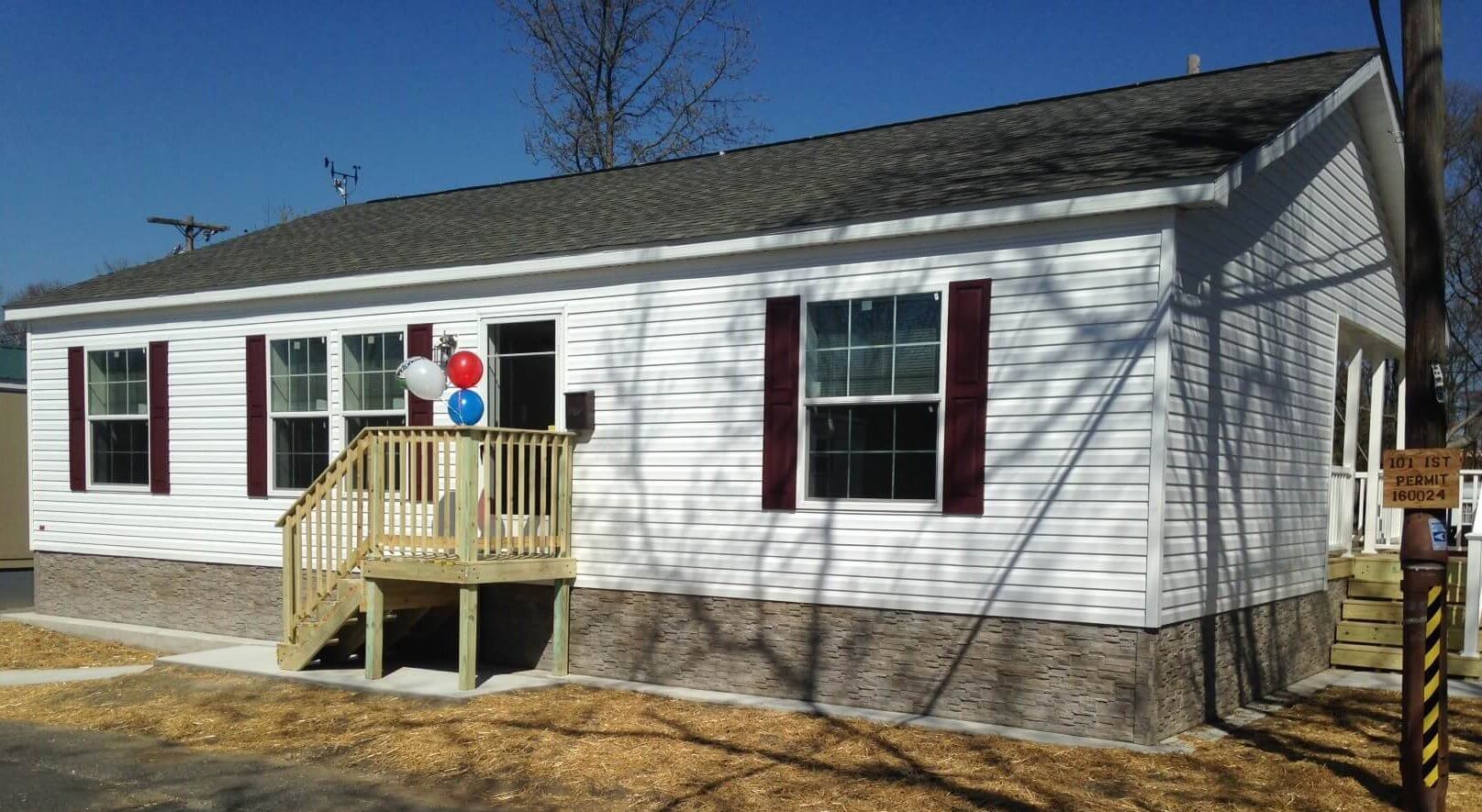As quoted in a Washington Post article from October 28, Federal Emergency Management Agency Director William “Brock” Long has stated post-Hurricanes Harvey, Irma and Maria: “the last resort is to bring in manufactured homes and travel trailers.”
Mr. Long’s position on this subject has direct lineage to FEMA’s ill-fated attempt to use travel trailers (which are recreational vehicles, not homes) as temporary housing for Gulf Coast residents displaced by Hurricane Katrina more than a decade ago. These, and other units used as temporary housing by FEMA post-Katrina, were not built for long-term habitation. By using broad brush terminology that negates key distinctions for units built in a factory, Mr. Long is perpetuating stereotypes that confuse the individuals and communities about the value of high quality manufactured homes.
Manufactured homes should be part of the long-term solution for sustainable housing in a post-disaster environment, and not merely viewed as expendable, temporary housing. Using smart, energy-efficient manufactured homes in this way is not unprecedented. Immediately following Superstorm Sandy, the Robin Hood Foundation partnered with the nonprofit organization Affordable Housing Alliance in Monmouth County, New Jersey, and Next Step to quickly and affordably place 22 new, ENERGY STAR®-qualified homes in the Pine Tree Community of Eatontown, New Jersey. That’s 22 families given a whole new outlook and opportunity for a sustainable home after losing everything in the storm. These high quality homes have not had the issues noted in the Washington Post article, and indeed the homeowners have been thrilled with the quality, comfort and energy savings of their new homes.
Manufactured housing is the largest source of unsubsidized affordable housing in the U.S., and home to more than 18 million Americans. It is a critical source of housing for many first-time homebuyers, older Americans, and very low- and low-income families. As America’s affordable housing inventory dwindles, more and more families are stressed to find solutions.
Today’s manufactured homes have an average sales price of $71,800, compared to $385,200 for a site-built home. Homes range from single-room units, to four-bedroom units with covered front porches and attached garages. Unlike mobile homes, which have not been built since the enactment of the 1976 Manufactured Home Construction and Safety Standards, today’s manufactured homes are designed to be permanently fixed in one location and can be constructed on myriad foundations like a site-built home.
The term “manufactured housing” itself has less to do with the quality of a home and more to do with the production process. Building homes in a controlled environment of a modern manufacturing facility translates to more predictable development costs, reduces overall development time, reduces waste, allows for innovative building practices and creates jobs, while the construction industry struggles with a labor shortage.
Next Step and our partners believe that a home is a home, and building a home in a factory is a just another process. Mr. Long and other officials with access to the public should be clear and intentional with their words, and not deny communities access to more affordable housing options in a post-disaster environment.
